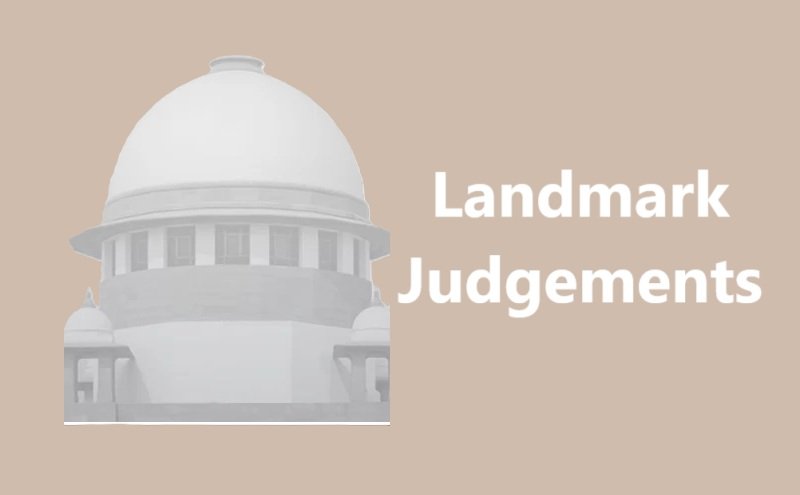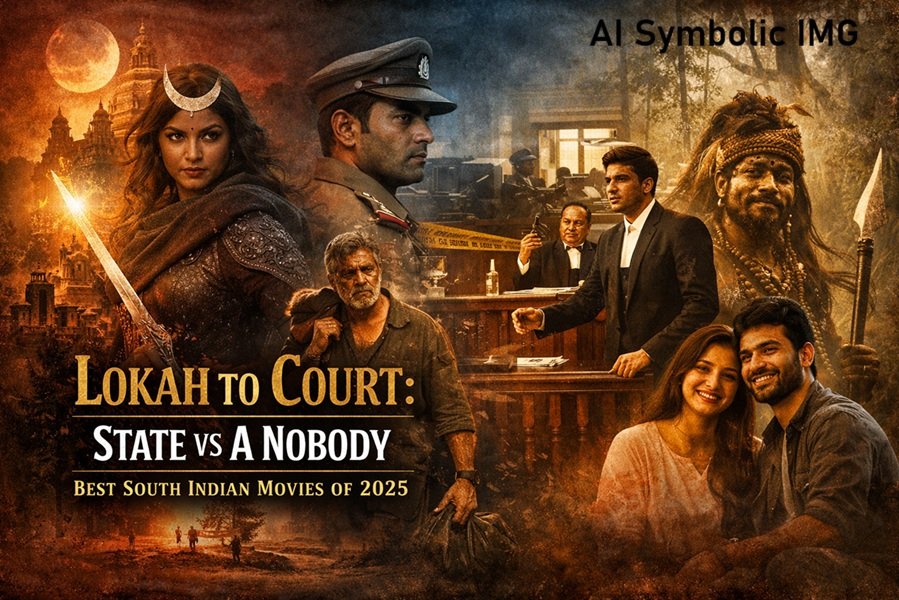
Introduction
The case of T.M.A. Pai Foundation v. State of Karnataka (2002) is one of the most significant judgments in Indian constitutional law, particularly in the domain of education and the rights of minorities. Decided by a 11-judge bench of the Supreme Court of India, this case addressed critical issues related to the autonomy of private educational institutions, minority rights, and the extent of state regulation over education.
Background
Context and Legal Questions
The case arose due to various challenges to government regulations that sought to control private and minority educational institutions. The core legal questions revolved around:
- Whether private unaided educational institutions have the right to administer their institutions without government interference.
- The extent to which minority institutions are entitled to special rights under Article 30 of the Indian Constitution.
- The scope of state control over admissions, fee structures, and reservations in private and minority institutions.
- The balance between fundamental rights under Articles 19(1)(g), 29, and 30 of the Constitution and the regulatory power of the state.
Constitutional Provisions Involved
- Article 19(1)(g): Right to practice any profession, or to carry on any occupation, trade, or business.
- Article 29: Protection of the rights of minorities to conserve their culture, language, and script.
- Article 30: Right of minorities to establish and administer educational institutions.
- Article 14: Right to equality before the law.
Judgment and Key Findings
On October 31, 2002, the Supreme Court delivered a historic verdict, clarifying several aspects of educational rights and state control. The key conclusions of the judgment were:
1. Right to Establish and Administer Educational Institutions
- Private educational institutions, including minority institutions, have a fundamental right under Article 19(1)(g) and Article 30 to establish and administer educational institutions.
- However, this right is not absolute and is subject to reasonable restrictions imposed by the state to maintain academic standards and ensure fairness in admissions.
2. Minority Rights Under Article 30
- The court ruled that both religious and linguistic minorities have the right to establish and administer educational institutions of their choice.
- The right is not dependent on state recognition and extends to primary, secondary, and higher education institutions.
- However, minority institutions must not discriminate unfairly and must maintain academic excellence.
3. State Control and Regulation
- The state can regulate private educational institutions to ensure transparency, fairness, and quality.
- It can set up regulatory bodies for accreditation, quality control, and fee structures, but cannot interfere in the core administrative functions of private institutions.
- Minority institutions cannot be forced to follow state reservations or quotas, but they can voluntarily choose to adopt a reservation policy.
4. Admission Policies
- Private unaided institutions have the right to admit students on a merit-based system, but they must follow fair and transparent procedures.
- The capitation fee (excessive or unauthorized fee demands) is unconstitutional, and institutions cannot charge unreasonable fees.
- Government can regulate the admission process for professional courses, ensuring merit is the primary criterion.
5. Financial Autonomy and Fee Structure
- Institutions have the right to fix their own fee structures, but they cannot impose excessive fees that lead to profiteering.
- The government can set up committees to regulate fees, ensuring they are not exploitative while allowing institutions to generate reasonable revenue.
Impact of the Judgment
1. Clarification on Minority Rights
- The ruling reaffirmed minority rights in education, reinforcing the autonomy of minority-run institutions.
- It set a clear distinction between unaided and aided institutions, allowing unaided institutions more freedom in administration.
2. Greater Autonomy for Private Institutions
- The judgment protected the autonomy of private educational institutions while allowing reasonable government regulation.
- Institutions gained greater control over faculty appointments, syllabus, admissions, and fee structures.
3. Influence on Later Cases
- The ruling had a significant influence on later judgments, including P.A. Inamdar v. State of Maharashtra (2005), which reinforced the autonomy of private unaided institutions.
- It also shaped educational policies and guidelines issued by regulatory bodies such as the University Grants Commission (UGC) and Medical Council of India (MCI).
Criticism and Controversy
While the judgment was widely appreciated, it also faced some criticism:
- Concerns over commercialization: Some argued that excessive autonomy could lead to the commercialization of education, making quality education inaccessible to economically weaker sections.
- Vague definitions: The judgment did not precisely define what constitutes a “minority,” leading to disputes over eligibility for minority status.
- Complex regulatory framework: Balancing autonomy and state regulation remains a challenge, with different states interpreting the ruling differently.
Conclusion
The T.M.A. Pai Foundation v. State of Karnataka (2002) judgment was a landmark decision that clarified key aspects of educational autonomy, minority rights, and state regulation. It upheld the fundamental rights of private and minority institutions while ensuring that government regulation remains within reasonable limits. The ruling continues to shape the legal and policy framework for education in India, striking a balance between institutional freedom and the larger public interest.
Recommended: Mohd. Ahmed Khan v. Shah Bano Begum (1985)






